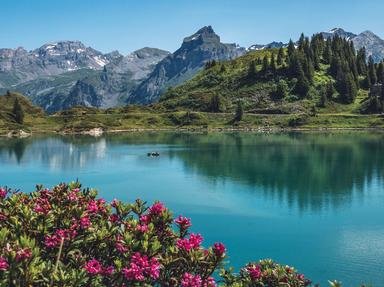
Any Mediterranean Port in a Storm Quiz
Phoenix Rising's Red Crew invite you to see how many Mediterranean ports you can place correctly.
A label quiz
by Team Phoenix Rising.
Estimated time: 3 mins.


| 1. An "orange" city |
| 2. Soap and bouillabaisse |
| 3. St Nicholas is buried there |
| 4. Named after a sister of Alexander the Great |
| 5. Famous for sultana raisins |
| 6. Location for King's Landing |
| 7. One of the world's oldest cities, sadly often involved in strife |
| 8. Founded by a famous conqueror |
| 9. Once it was one of three cities in North Africa |
| 10. A capital located not far from the northernmost point of Africa |
| 11. Europe's southernmost capital |
| 12. Capital of the Mediterranean Sea's second-largest island |
| 13. Birthplace of an emperor |
| 14. Authentic cannoli can be enjoyed there |
| 15. The island where this city lies gave its name to copper |